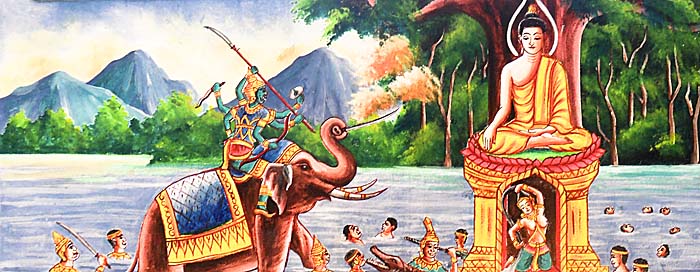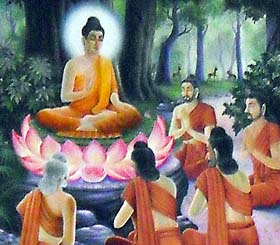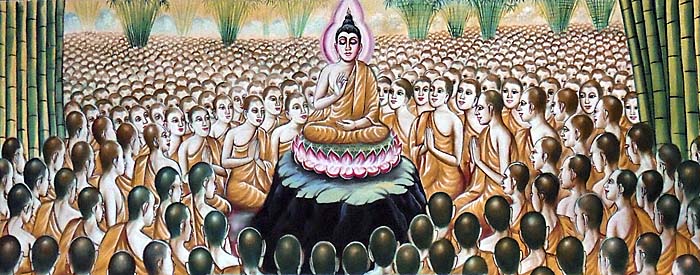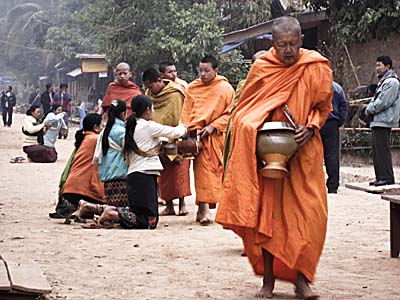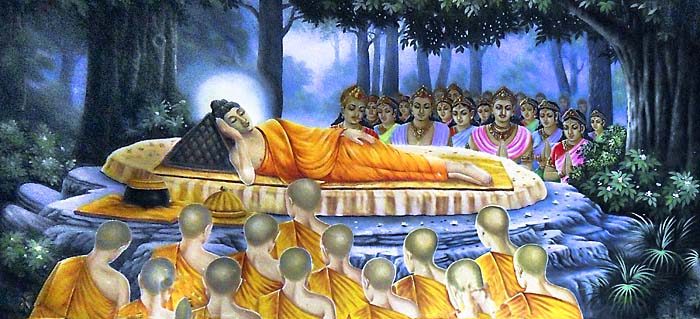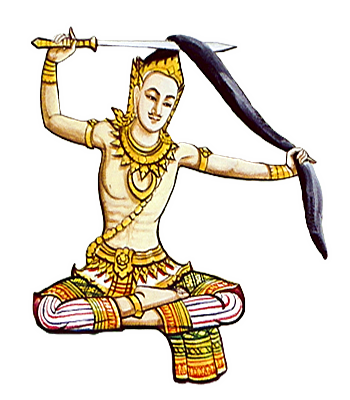1.
Introduction
Many Buddhist temples in Thailand, Laos, Burma and Cambodia show skillfull paintings all over their walls and ceilings, inside and outside. Most of what is described in them depicts the Life of Buddha. That means not only his last life, what is the life of the historical Siddhartha/Buddha, but it also includes the supposed 500 lifes Buddha lived before becoming the Buddha, the 'enlightened' one. In these former lifes he appeared in the most different personalities, sometimes as animals, sometimes as a human in different roles. In one of them he is even a robber.
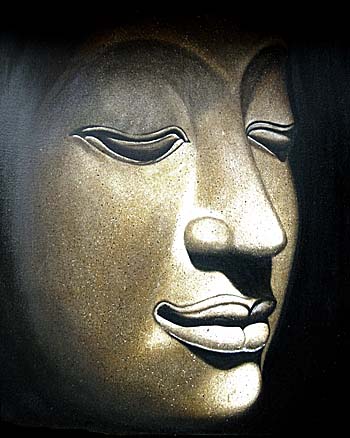
There is probably no country in the world in which Buddhism is so much promoted than in Thailand. Temples are everywhere, even in the remotest places are temples and shrines built. Many of the temples look wealthy, if not rich. The People of Thailand donate a lot of money for their Buddhist temples, and supply the many monks with food every day. Additionally to that there are masses of Buddha sculptures and pictures to find in Thailand. This one is a painting done by a local artist in Khao Sok, south Thailand. Image by Asienreisender, 2005
But not only that, here and there are also local sagas and spirits included in the temple depictions. It's also obviously that Buddhism in these countries is strongly influenced by the preceding religion in Southeast Asia, Hinduism. Many Hindu figures appeare in the temple paintings and statues around, like Ganesha for instance, the Hindu god for wealth. The Hindu legend of the Ramayana is reflected in many of these paintings.
Buddha's life and his teaching wouldn't be understandable and convincing at all without the kind of life which he had chosen to live. According to the records he lived the life which he was teaching. Since Buddha didn't write anything about his life and doctrine, and his fist disciples didn't either, what we know about his life started as an oral record, told from disciple to disciple, from generation to generation. It ned some 300 years until the biography and teaching were written first. Considered Buddha was a real living historical person, what he was probably, and not only an invention of a certain group of people. That let's us question about what are historical facts and what are exaggerations, imaginations or distortions of Buddhas story. To make it short, there is no chance to find that out anymore. The best way to approach Buddha and Buddhism is, as I see it, to study carefully his lifestory and teachings and to reflect it critically by it's meaning.
Nevertheless, Buddha's story is full of supernatural appearances. That is up to the believers to believe; a critical mind of the modern age should see it as what it is: additions to the lifestory of a person, made with the intention to impress pre-modern people and the simple minds.
Buddhism, as religions in general, divides in two spheres, so to say. There is a philosophical teaching, what is concerned to the earthly life, and there is a transcendent part, what is focussed on what's beyond humans life, mostly the afterlife and the power of gods, ghosts, spirits etc. Every religion's claim is that the earthly life and how it is led has strong consequences for the afterlife.
Since there are ten of thousands of different religions on earth, and they all claim they would have the only valid answer for the transcedent part and therefore for what's right and wrong on earth as well, it's a pretty weired situation. If one is right, all the others must be wrong. The contradictions between the different religions are to big. Moreover, there are no proofs, no hard evidences for any of the transcendent and supernatural claims of any religion. It's, again, up to the believer to believe. Believers neglect critical reflection; they want to believe, because they find comfort in their belief. To believe means literally not to know. Critically questioning the belief is for them a threat for their very orientation system. If the belief is maybe not valid, they have no idea anymore about what's right and what's wrong. Life is without meaning, as it seems then. That's a reason why believers tend to react pretty harsh in case their faith is questioned.
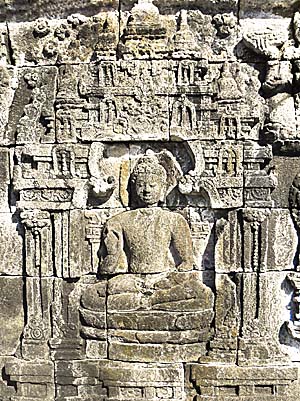
The most magnificient Buddhist temple building I personally have ever seen is doubtlessly Borobudur in central Java (building time 760-830 CE). Buddha's life story is told there in brilliantly made fresquos over several kilometers, including many stories from his former lifes. Image by Asienreisender, 2012
In the 19th century the western reception of Buddhism was that of an inferiour, primitive superstition. That was still a time in which the western religion, Christianity, was made up as a legitimation pattern for colonialism. That changed in the 20th century. Buddhism got better understood and became attractive for a growing number of Westerners. Particularly after the political movement of the 1960s failed to overcome capitalistic society in the west, many young Westerners refuged mentally into weired sects, superstitions and beliefs of many kinds. One particularly attractive became Buddhism. That was certainly so for the philosophical core of the Buddhist doctrine. Another attraction in Buddhism lies in the fact that Buddhism was never so much a martial religion as Islam and Christianity. Buddhism was much less involved in war legitimation.
Very much of Buddha's lifestory will have been invented or changed in any way. After some 300 years of oral transmission, Buddhism became an organized religion. Institutionalized. King Ashoka in India made it his state religion. From then on it was at the latest a mean of power. But even in Buddha's time Buddha savored protection from a local king. In which way he and his teachings in his lifetime were involved in politics - the sources tell us nothing about that.
However the reception of the Buddha is, one thing is clear: Buddhism is also a practical religion, and meditation is a basic concept of it. And meditation is concentration. Concentration is the contrary to what surrounds us most of the time in modern life: entertainment and advertisements, stress, pressure and noises, what is distraction.
Basically Buddha's life had three distinct phases: The young years as a prince, when he eventually was realizing human suffering, than the search for an absolute way of overcoming this suffering, and finally the fullfillment of his search and the commitment to spend the rest of his life by instructing others to achieve enlightenment for themselves.

Buddha's mother had once a dream of an elephant. The elephant (actually a white one) ripped her belly with his ivory tooth. This is said to cause a pregnancy of which prince Siddhartha followed.
Image by Asienreisender, Chiang Khong, 2011
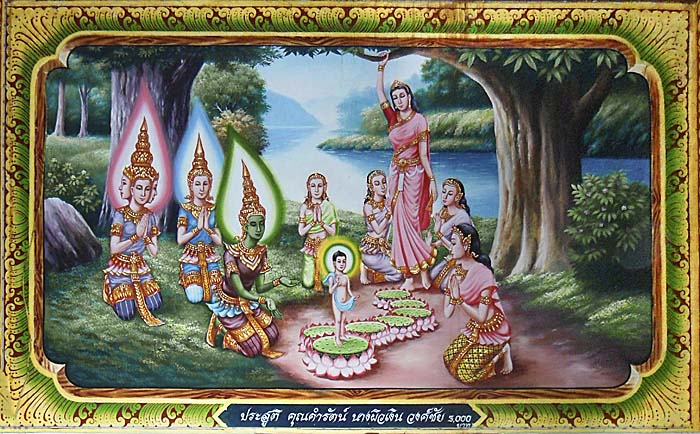
Short after his birth Siddhartha is already fully able to speak and starts preaching. He also utters predictions of his future life. In the background, upright standing is his mother, kneeling around her four servants and left in the picture are three supernatural beings, attracted by the event.
Image by Asienreisender, Wiang Kaeng, north Thailand, 2012
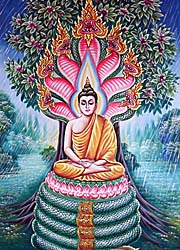
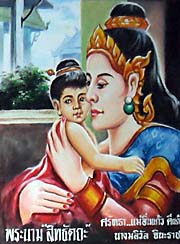
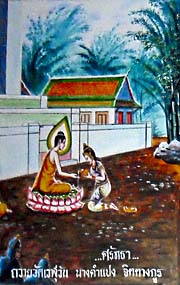
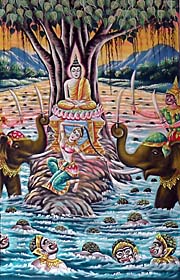
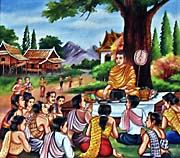
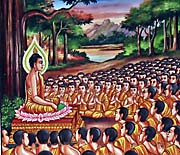
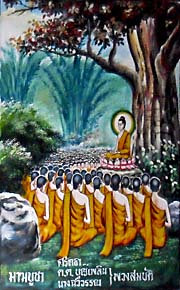
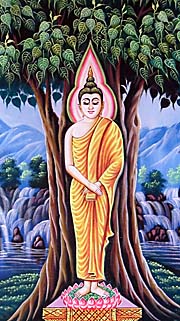
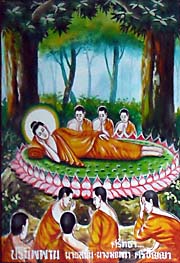
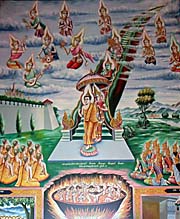
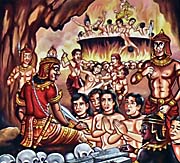
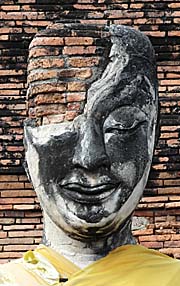
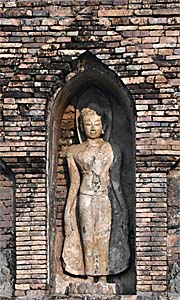


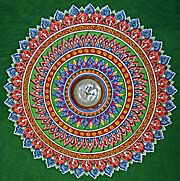


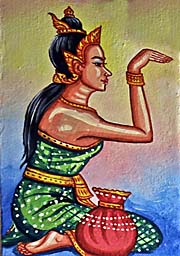
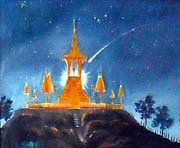
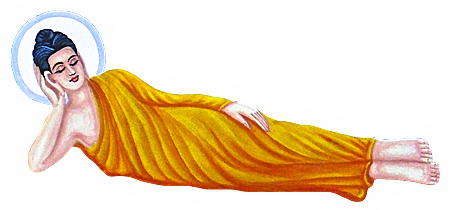
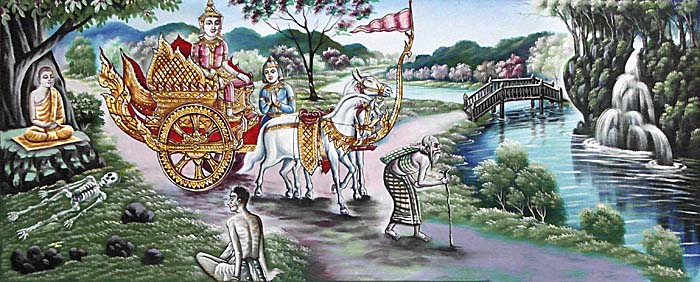
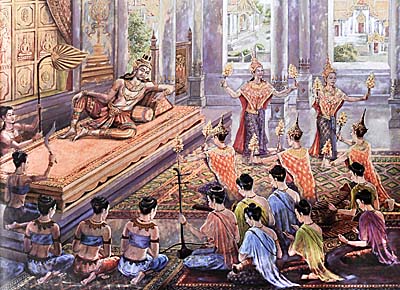
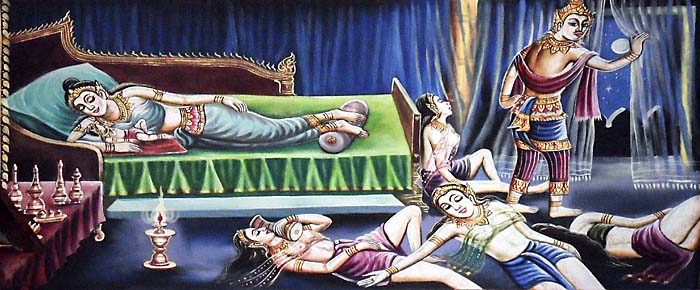
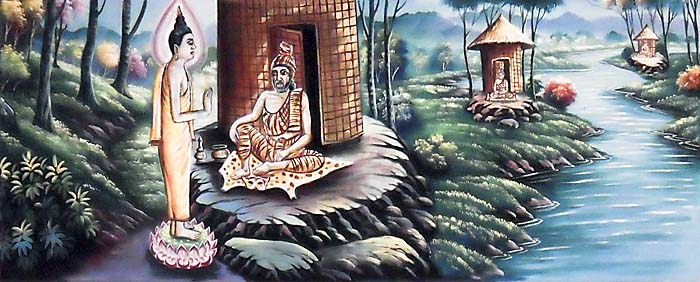
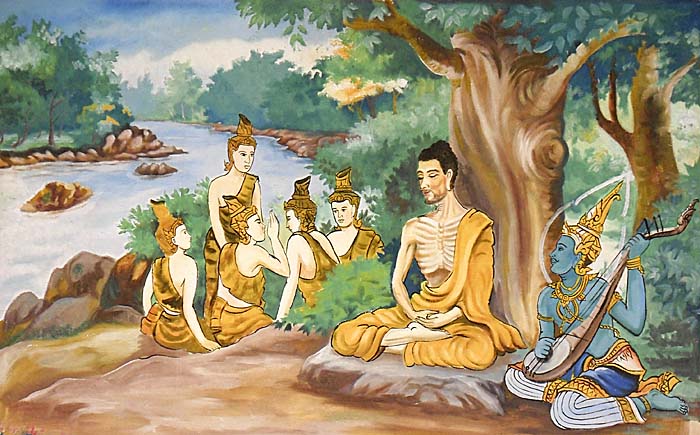
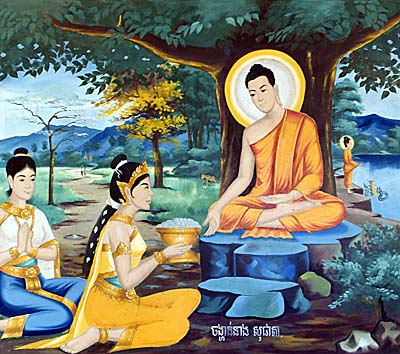
.jpg)
